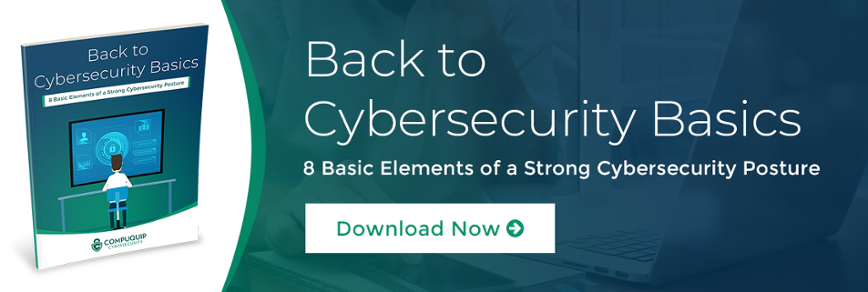What is EDR and How Can You Use It?
There are countless cybersecurity tools that modern businesses need to counter cybersecurity threats. In particular, endpoint protection has become incredibly important, as many attackers try to leverage weaknesses in individual network endpoints to try to bypass their target’s network security.
In the field of network endpoint security, odds are that you’ll come across the term “EDR” sooner rather than later. What is EDR? More importantly, how can you use EDR for endpoint protection?
Here’s a quick explanation of the basics of EDR and how it can help protect your business:
What is EDR?
EDR is the acronym for “endpoint detection and response.” This is the term used for a variety of different cybersecurity tools that are used to secure network endpoints from cyber threats. The specific capabilities of endpoint detection and response tools will vary greatly from one tool to the next, but some common ones include:
- Monitoring Tools. Many EDR tools have some form of monitoring for endpoint devices similar to a security information and event management (SIEM) tool—if more limited or granular in scope. These monitoring tools can help to identify unusual use patterns for a network endpoint device—such as abnormal requests for highly sensitive information from databases the device doesn’t typically access or the device being turned on outside of normal operating hours—and generate an alert.
- Malware Threat Detection. Another common feature of many EDR tools is the ability to scan network endpoint devices for malware and other persistent threats. Being able to detect and remove malicious software is a basic necessity alongside frequent audits and scans.
- Program Whitelists/Blacklists. Some EDR solutions use either whitelists (restricted lists of “safe” programs) or blacklists (lists of known malicious programs) to block network endpoints from running malicious code.
- Automated Threat Response. To help maximize network security, some EDR solutions support automated threat response capabilities. When a threat is detected on a network endpoint, the EDR solution will automatically trigger an appropriate response to contain or neutralize the threat. The response will vary depending on the nature of the threat and whether or not the EDR solution is integrated with other security solutions. This feature can be particularly helpful for limiting the impact of a cyberattack.
- Integrations with Other Security Solutions. Some endpoint detection and response systems are built to integrate with other security solutions. This is often used to help trigger automated threat responses. For example, say the EDR detects a malware program on a computer. The EDR solution can then signal a third-party antimalware program to remove the malware immediately, rather than waiting on a response from a user.
Note that the above list is neither comprehensive nor representative of all EDR solutions. Some endpoint detection and response programs may have capabilities that are not in this list or may lack one or more of the above. So, when looking for an EDR solution to secure your own network, it’s important to ask what its specific features and functions are.
What Do EDR Solutions Protect Against?
What kinds of threats can an EDR solution help protect your network against? There are a lot of different threats that endpoint protection measures such as EDR systems can counter, including:
- Malware Programs. Some EDR solutions can be used to quickly eliminate basic threats such as malware programs that are installed on network endpoints. This helps to limit a company’s exposure to malware-based threats and their impacts.
- Insider Attacks. As a network security solution that is largely concerned with checking the integrity of network endpoints, EDR can help to thwart insider threats that bypass perimeter security measures. In particular, behavior monitoring EDR tools can help to quickly identify abnormal use patterns so attacks in progress can be stopped quickly.
- Active Persistent Threats. Active persistent threats (APTs) are difficult to deal with because they are designed to be hard to detect while siphoning data to be used by the attacker later. The monitoring capabilities of EDR tools helps them discover APTs and, when paired with automated threat response, efficiently counter them—hopefully before attackers have the chance to steal too much data.
Being able to counter insider threats is an especially important benefit of using EDR solutions. This is because insider attacks bypass many of the traditional, perimeter-focused cybersecurity measures used by businesses.
As a whole, EDR solutions can be an invaluable part of any network security toolkit. However, they are still only a part of a complete cybersecurity architecture.
Do you need help setting up an EDR solution for your organization? Reach out to the experts at Compuquip Cybersecurity to get started.

